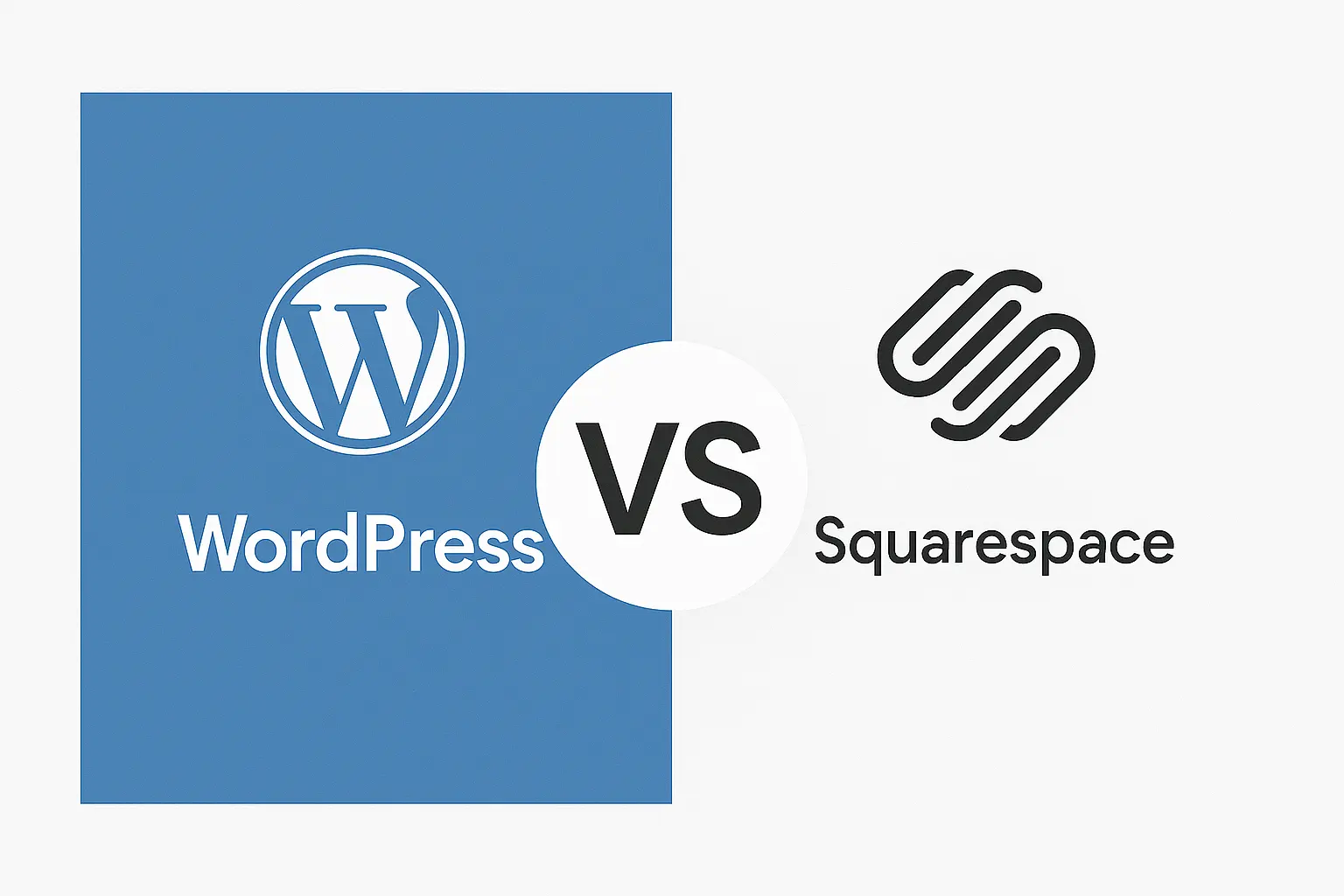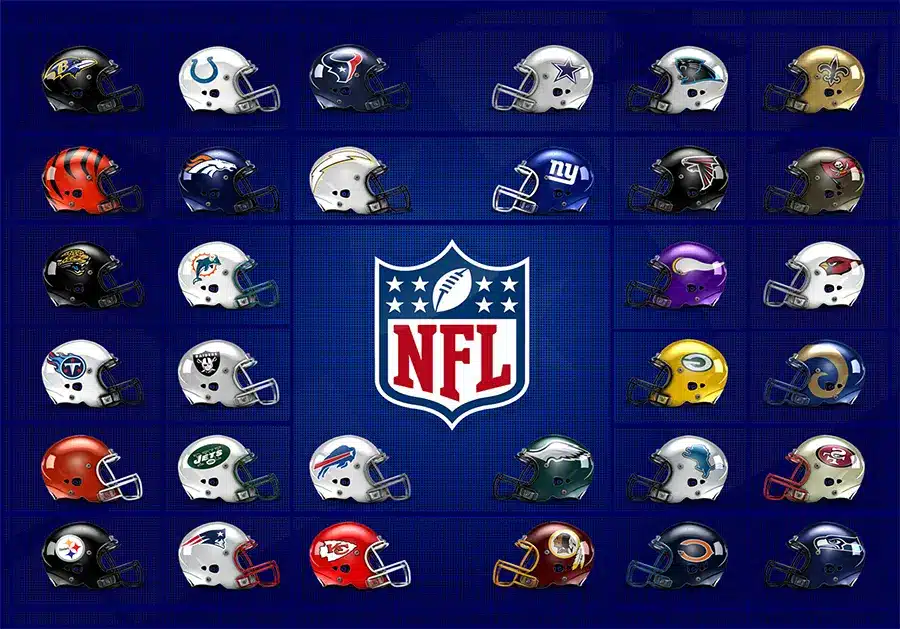How to Choose the Perfect Brand Name That Stands Out
The Perfect Brand Name...
Choosing the right brand name is a critical decision for any business. It’s the first impression your customers get and the foundation for your entire brand identity. Whether you’re launching a new company, rebranding, or brainstorming ideas for your next project, a strong name can set the tone for success.
In this guide, we’ll share actionable strategies, examples, and tips for creating a memorable brand name, while also integrating valuable resources and linking opportunities to enhance your learning journey.

Why Your Brand Name Matters
- Differentiate your business from competitors.
- Create lasting impressions with customers.
- Build credibility in your market.
Take Google, for instance. Its name started as a playful twist on the term “googol,” representing its vast scope. Today, it’s one of the most recognized brands globally. If you’re looking for more branding insights, check out our guide to building a strong online presence.
The Key Elements of a Great Brand Name
1. Simplicity
A great name is easy to say, spell, and remember. Shorter names are often more impactful and memorable. Examples:- Uber: A single, modern word that suggests efficiency.
- Zara: Short, stylish, and reflective of the fashion industry.
Pro Tip: If your name is too complex, you risk losing potential customers. Simplify!
2. Relevance
A relevant name aligns with your business and helps communicate what you do. Examples:- Mailchimp: Instantly suggests email marketing with a playful twist.
- Grammarly: Clearly tied to grammar and writing assistance.
For inspiration, browse our SEO services to see how relevant branding and keywords drive results.
3. Originality
A unique brand name sets you apart and avoids legal trouble. Research competitors and conduct a trademark search before finalizing your name. Examples:- Spotify: A creative blend of “spot” and “identify.”
- Etsy: Completely original and resonates with its creative audience.
For originality, consider tools like USPTO’s Trademark Database to ensure your name is legally available.
4. Scalability
As your business grows, your brand name should remain relevant. Avoid names tied to specific products or locations. Examples:- Amazon: Originally an online bookstore, now a global marketplace.
- Tesla: Versatile enough to represent cars, energy, and innovation.
5. Emotional Connection
A name that resonates emotionally builds loyalty and engagement. Examples:- Patagonia: Reflects adventure and environmental consciousness.
- Lush: Suggests indulgence, luxury, and natural ingredients.
Takeaway: Think about how you want your audience to feel when they hear your name.
How to Create a Memorable Brand Name
1. Brainstorm Keywords
Start with a list of words related to your business, audience, and values. Use tools like:- Google Keyword Planner.
- Thesaurus.com for synonyms and ideas.
For example, if you’re starting a bakery, words like “fresh,” “artisan,” and “delicious” might come to mind.
2. Play with Word Combinations
Combine words, use rhymes, or invent new terms. Examples:- Netflix: A blend of “net” and “flicks.”
- Snapple: A combination of “snappy” and “apple.”
3. Test Acronyms
Acronyms can create memorable brand names, especially for tech or corporate businesses. Examples:- IBM (International Business Machines).
- NASA (National Aeronautics and Space Administration).
4. Validate Your Ideas
Before you finalize your brand name, check:- Domain Availability: Use tools like Namecheap or GoDaddy.
- Social Media Handles: Ensure consistency across platforms.
- Trademarks: Confirm the name isn’t already registered.
5. Get Feedback
Share your shortlisted names with your target audience, team, or a focus group. Ask questions like:- Does this name make sense for the business?
- Is it easy to pronounce and spell?
- What emotions or associations does it evoke?
Examples of Great Brand Names in Action
1. Airbnb
Originally “Air Bed and Breakfast,” Airbnb’s simplified name is catchy and descriptive.
Takeaway: Refining a name can make it more memorable.
2. Slack
An acronym for “Searchable Log of All Conversation and Knowledge,” Slack’s name is both functional and relatable.
Takeaway: Acronyms can work if they’re meaningful.
3. Pepsi
Renamed from “Brad’s Drink,” Pepsi aligns with the digestive enzyme “pepsin,” subtly hinting at its refreshing qualities.
Takeaway: Names tied to benefits resonate with audiences.
Mistakes to Avoid
When choosing your brand name, steer clear of:
- Hard-to-Pronounce Names: If people struggle to say it, they won’t remember it.
- Trendy Words: Slang or fads may lose relevance over time.
- Overcomplication: A name that’s too clever can confuse your audience.
For additional naming inspiration, explore our blog on UX design strategies.
Final Thoughts
Your brand name is the foundation of your business’s identity. A thoughtful, creative name can:
- Attract the right audience.
- Set you apart in your industry.
- Build long-term trust and recognition.
Your Next Step: Start brainstorming! Use the tips above to create a shortlist of names, validate them, and refine your top choice. Remember, the best brand names are simple, meaningful, and scalable.
Our Blog
Digital Marketing Insights
WordPress vs Squarespace: Which Platform Is Better for Your Business?
WordPress vs Squarespace: Which Platform Is Better for Your Business? October 28, 2025 SEO Table of Contents Choosing the right website platform can make or break your online...
Top Local SEO Companies in San Antonio: Who Has the Best Reviews?
Top Local SEO Companies in San Antonio: Who Has the Best Reviews? October 26, 2025 Logo Design Table of Contents If you’ve searched “best local SEO companies in...
What the NFL’s Best Logos Can Teach You About Branding
What the NFL’s Best Logos Can Teach You About Branding October 24, 2025 Logo Design Table of Contents NFL team logos are among the most instantly recognized symbols...
Ready to take the next step?
Contact us today to see how we can make digital marketing work for your business.




